An English city brimming with a diverse history
The vibrant city of Bristol in southwest England has been on our ‘visit list’ for a while now. Finally, we were going to don our comfy shoes and begin exploring the eclectic city.
Before visiting, my thoughts of Bristol were of a city full of history, feats of incredible engineering to inspire the world, and some bleaker sides of humankind that need to be remembered.
Additionally, any city that has bustling harboursides and waterways will always be a winner for me. There’s just something about watching folk having fun along rivers and canals that just makes you smile.
Another aspect of Bristol that we were looking forward to discovering further was its love of street art and how Bristol embraces the inspirational side of local artists.
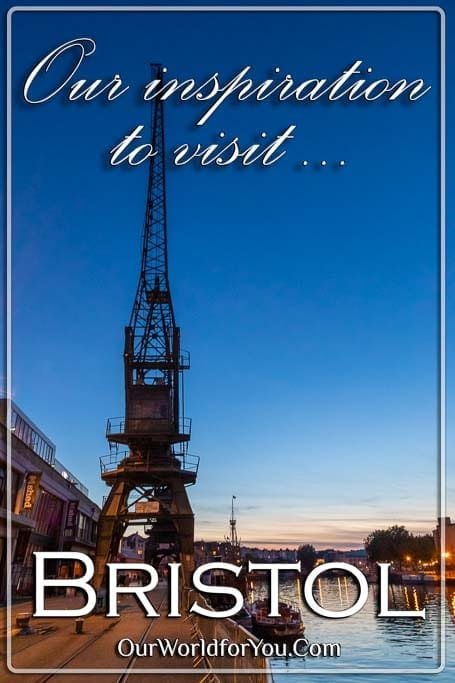
Where is Bristol?
Tourist Information

Bristol’s distinct history
At the forefront for centuries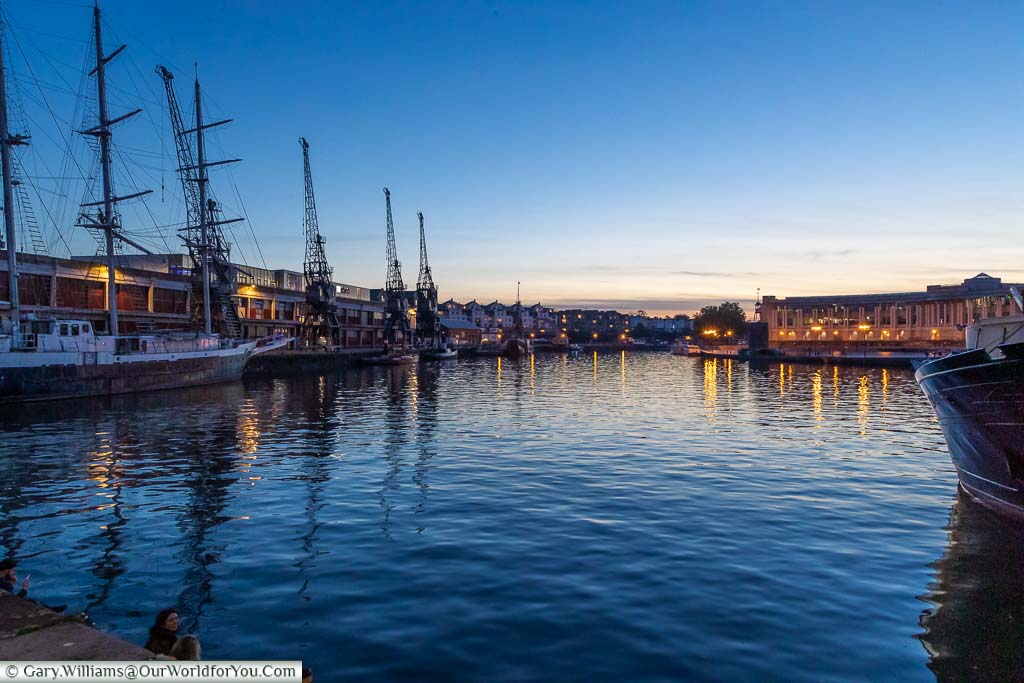
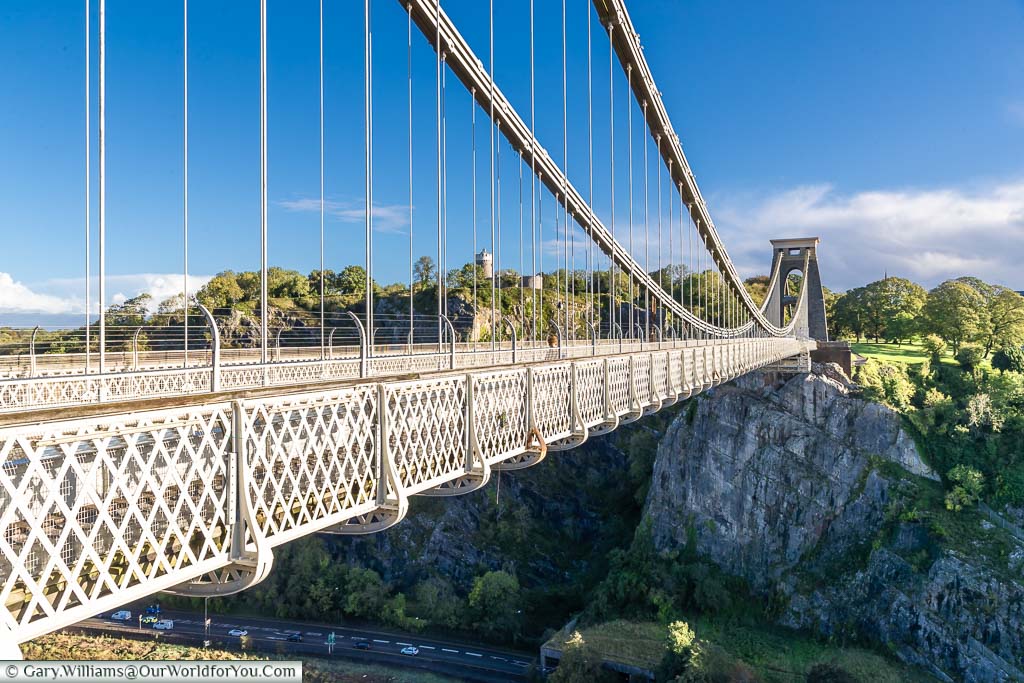
The harbourside at Bristol
A stroll down memory lane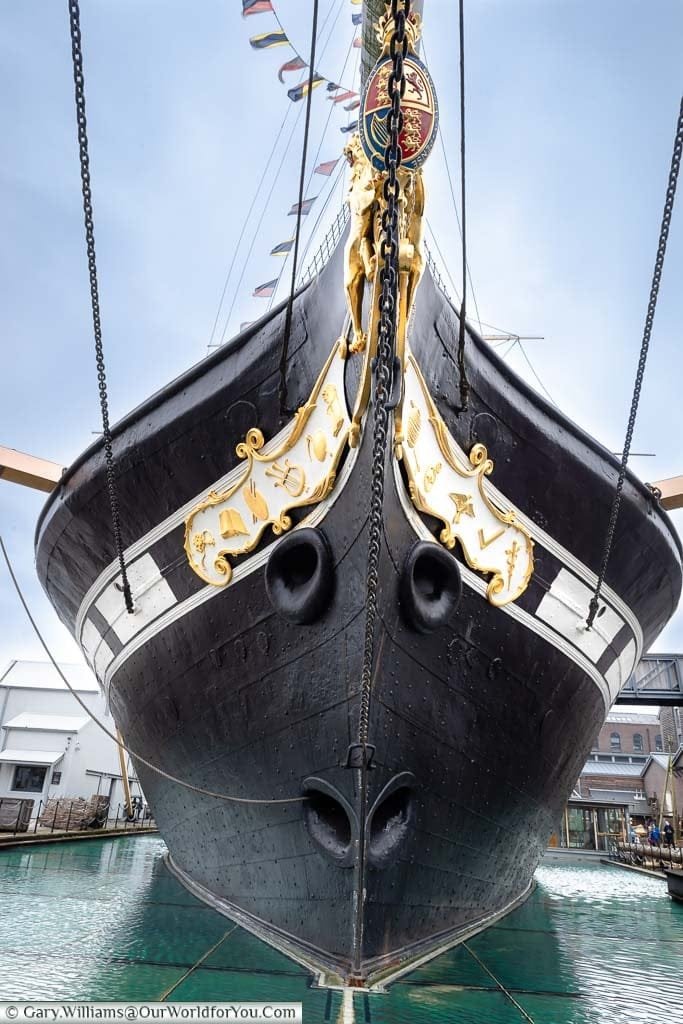
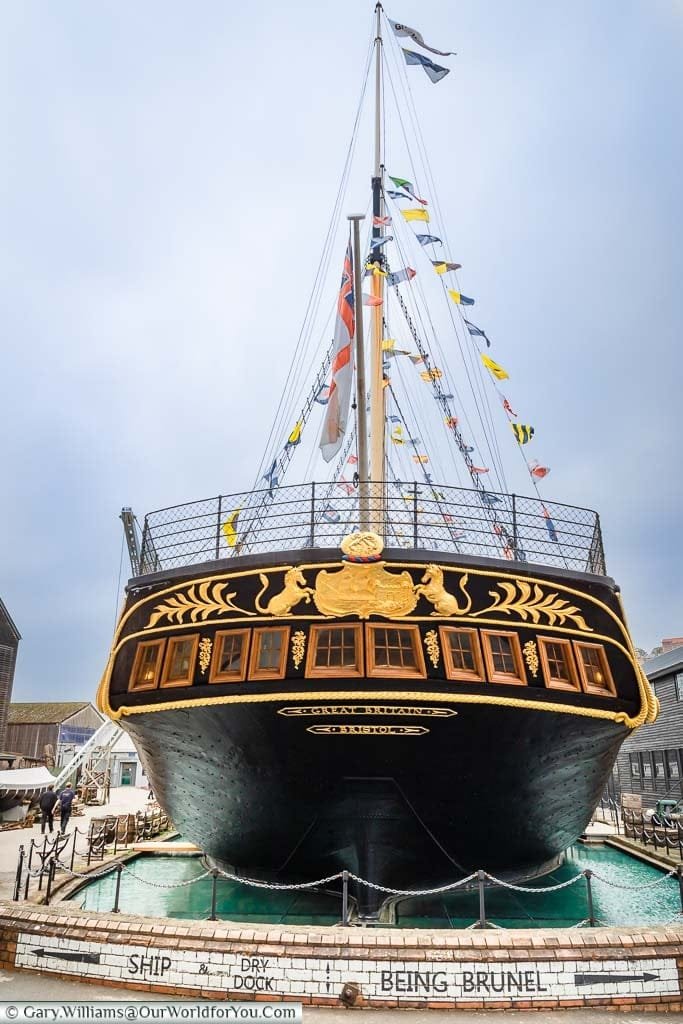
The SS Great Britain was originally built as a transatlantic steamship; her first voyage was from Liverpool to New York in 1845. A few years later, she was to be in operational service from England to Australia carrying emigrants.
SS Great Britain had a brief spell carrying troops in the Crimean War prior to converting to a sailing ship to transport coal. Her voyage to the Falkland Islands in 1886 proved to be her last and suffered extensive damage en route, and was scuttled and abandoned.
Thankfully in 1970, a huge salvage operation took place. She was returned to Bristol and transformed into the beautiful ship she is today.
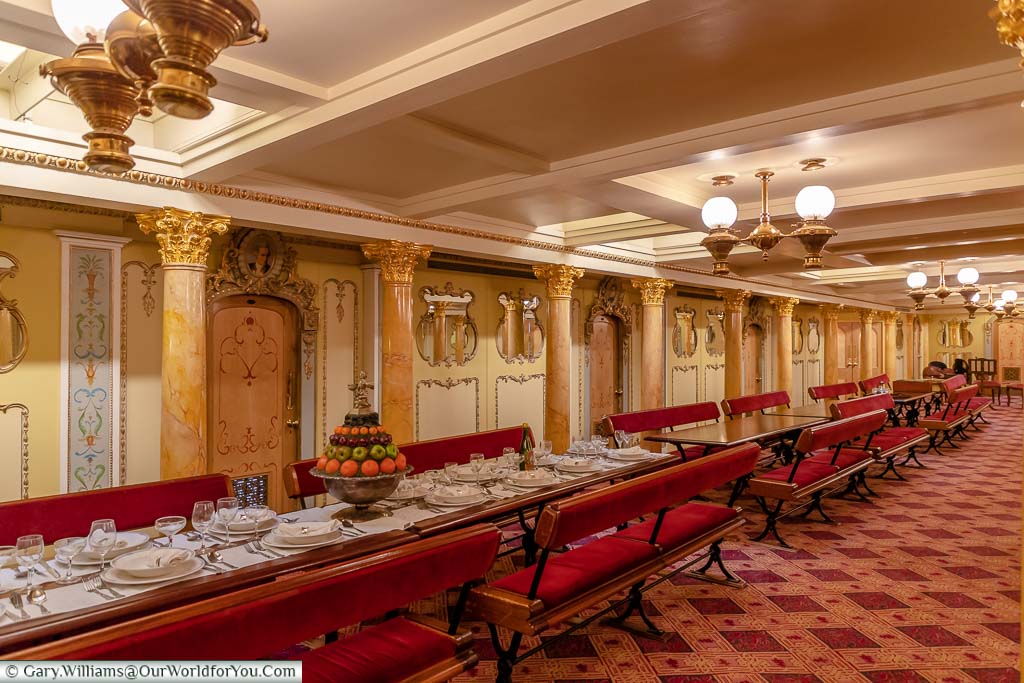
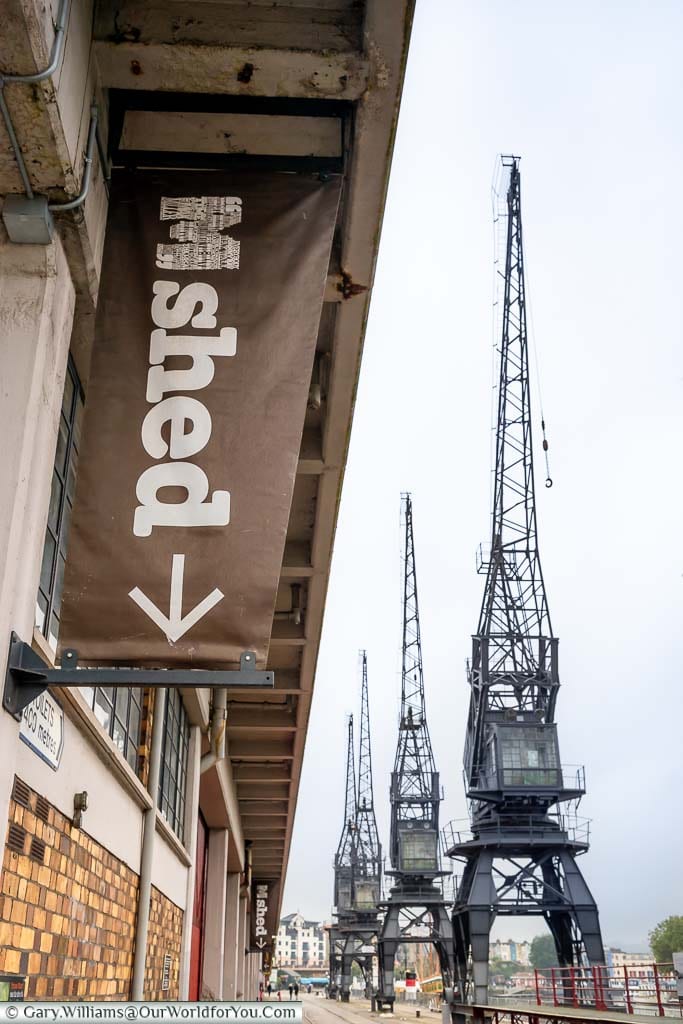
If you're intrigued to visit the historic cities of Bath and Bristol, then why not check out Lonely Planet's pocket travel guide. Full of helpful advice, interesting facts and time-saving tips.
You can pick it up for your Kindle or in good old paperback.
Bristol’s charming mix of architecture
Explore the Welsh Back and beyond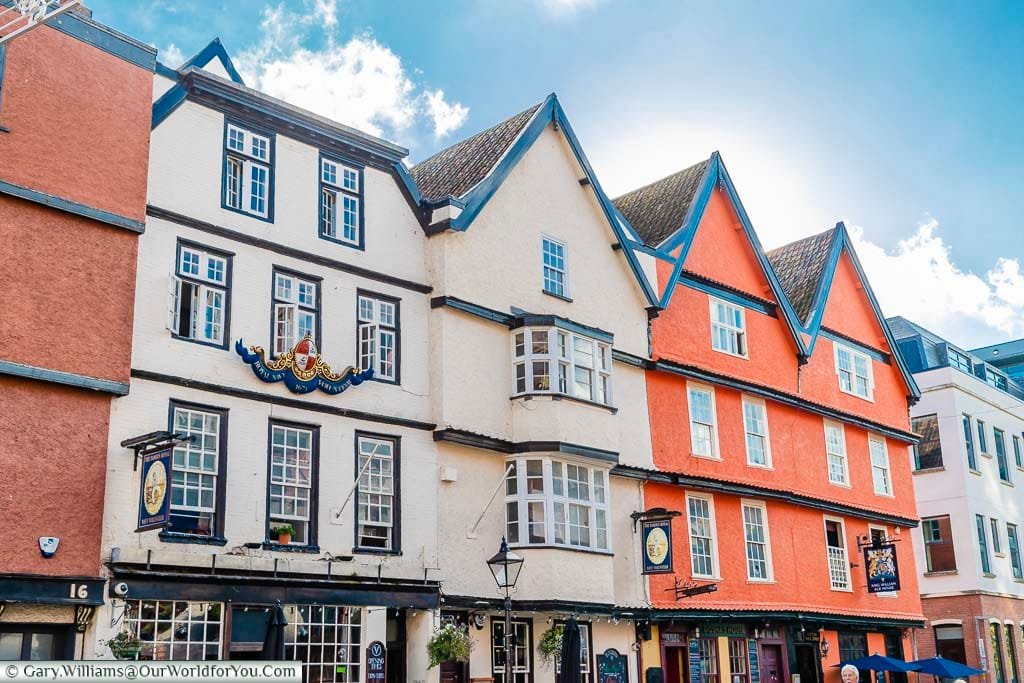
Charming merchant houses stand shoulder to shoulder, and quirky inns and homes can be found around the Welsh Back. Along the harbour are grand and imposing old warehouses. In particular, one striking is the red brick Granary, an example of Bristol Byzantine architecture, and once a jazz club and later a rock venue.
An area of the city not to be missed is College Green and Bristol’s striking twin-towered cathedral. Originally consecrated in 1148 and over the proceeding centuries has been extended, restored, and lovingly cared for.
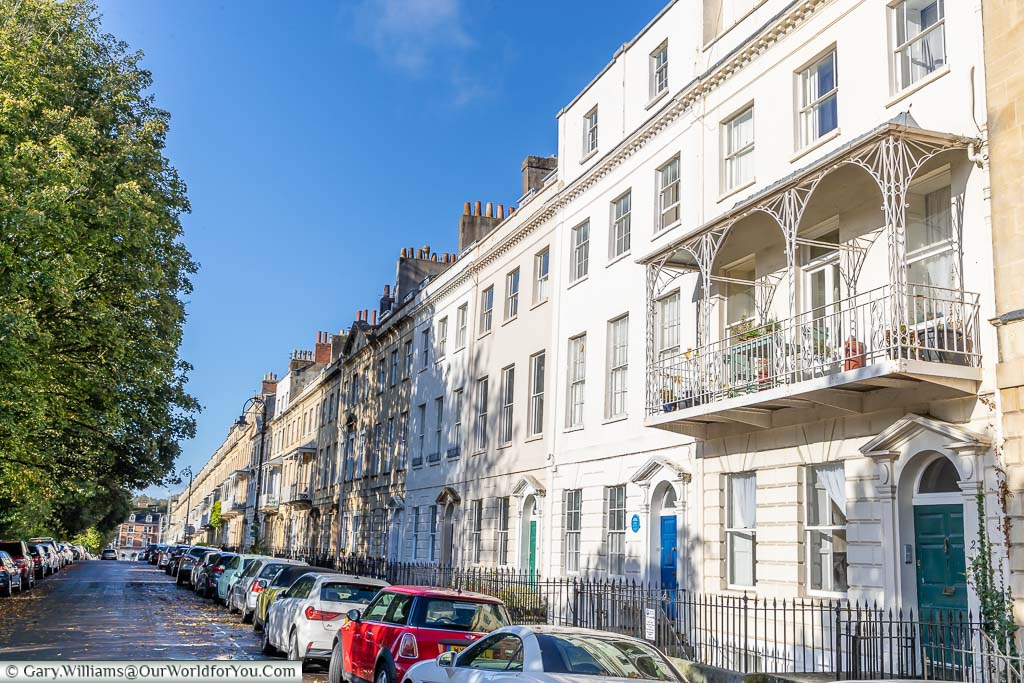
Where to stay in Bristol
Bristol’s Street Art
A city with culture and charm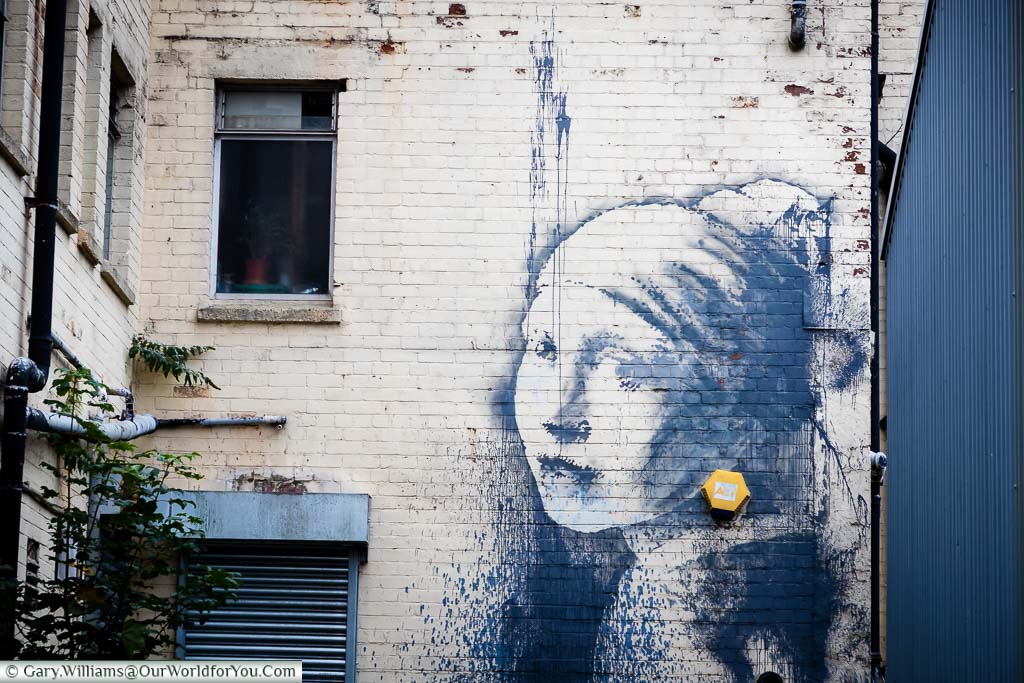
We undoubtedly discovered a few of Banksy’s pieces, checkout ‘Where the Wall’ self-guided street art tour. However, there are many more gifted artists leaving their mark throughout the colourful city.
We also included a visit to Bristol Museum & Art Gallery. Not only does the museum house a fascinating collection of history, art, and nature, but you must also keep an eye out for their photography exhibitions.
Following on along the Banksy theme, here you’ll also spot the artist’s ‘Paint-Pot Angel’.
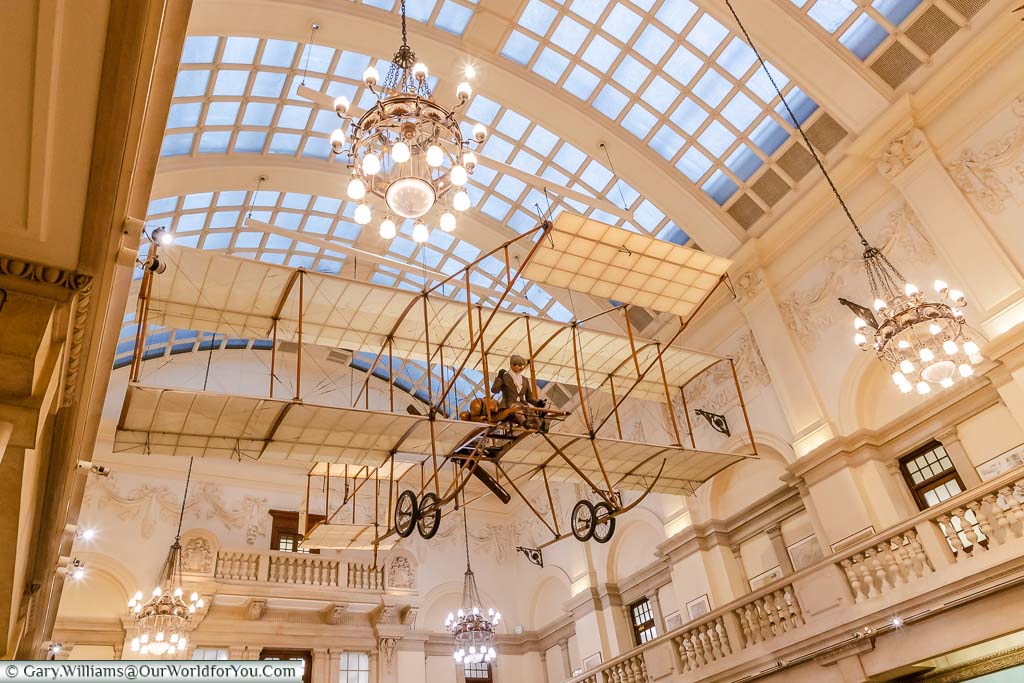
Bristol on the television
History, food, and comedy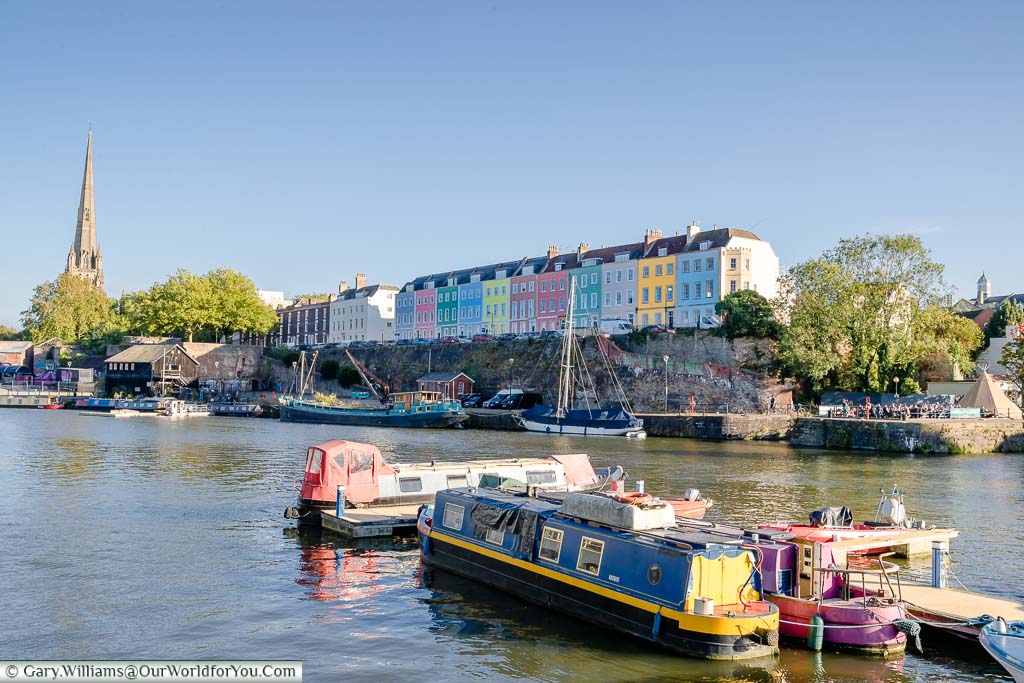
The first is the BBC Four documentary ‘Blitz: The Bombs That Changed Britain’, narrated by Shaun Dooley. The second is Series 3 of BBC Two’s ‘A House Through Time’, presented by David Olusoga and traces the lives of the residents from an 18th-century house.
For something a little more lighthearted is the Michel Roux Jr and Fred Sirieix BBC Two series ‘Remarkable Places to Eat’. Where they discover Jamaican jerk turkey and a delightful French bistro.
Then hot off the press is the brand-new dark comedy ‘The Outlaws’ starring Stephen Merchant, Christopher Walken and Jessica Gunning, to name just a few.
What we loved about visiting Bristol was the relaxed vibe of the city, the friendliness of the people and the whole welcoming nature of the locals.
Disclaimer
* This post may contain links to affiliated sites where we earn a small commission at no additional charge to you.

